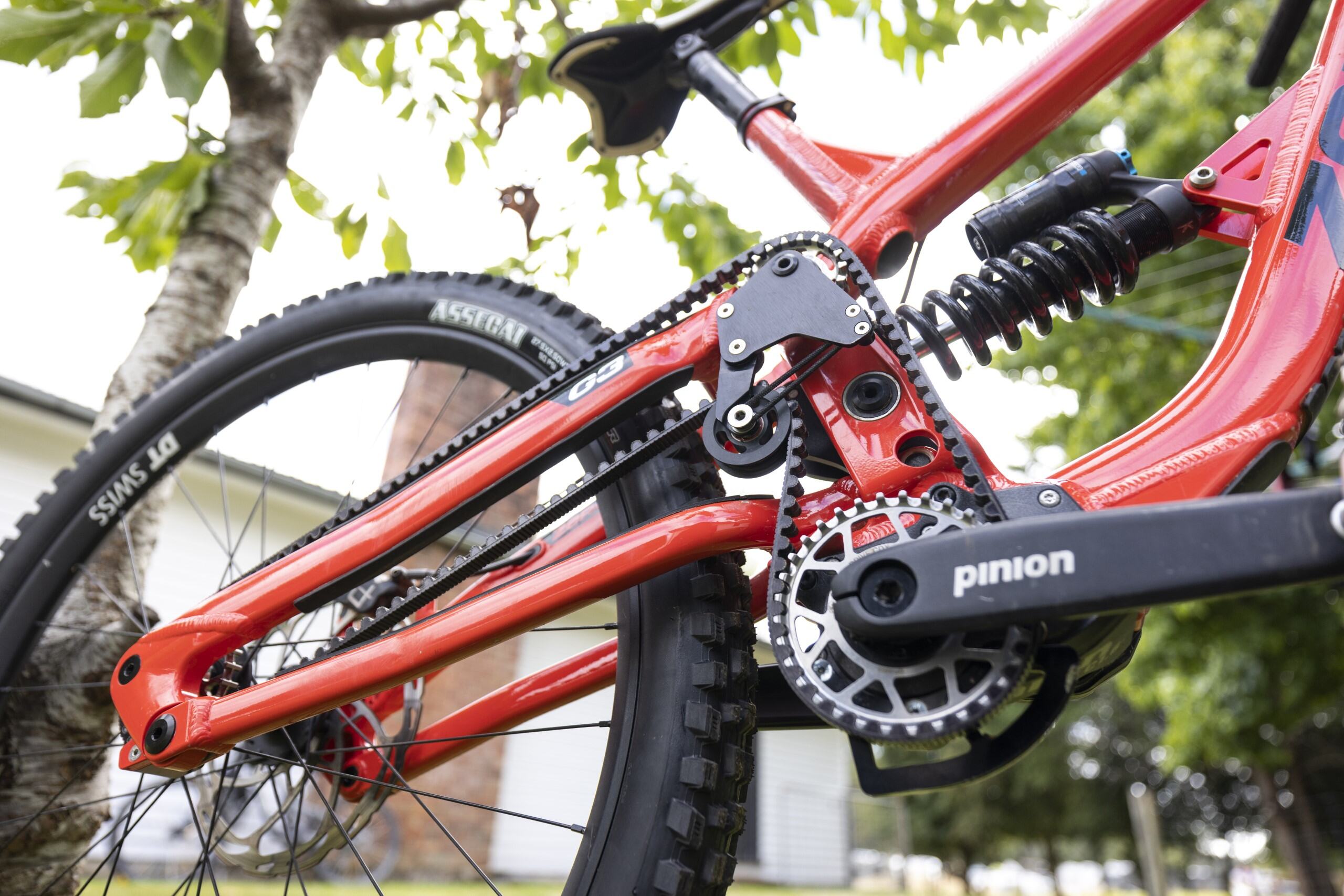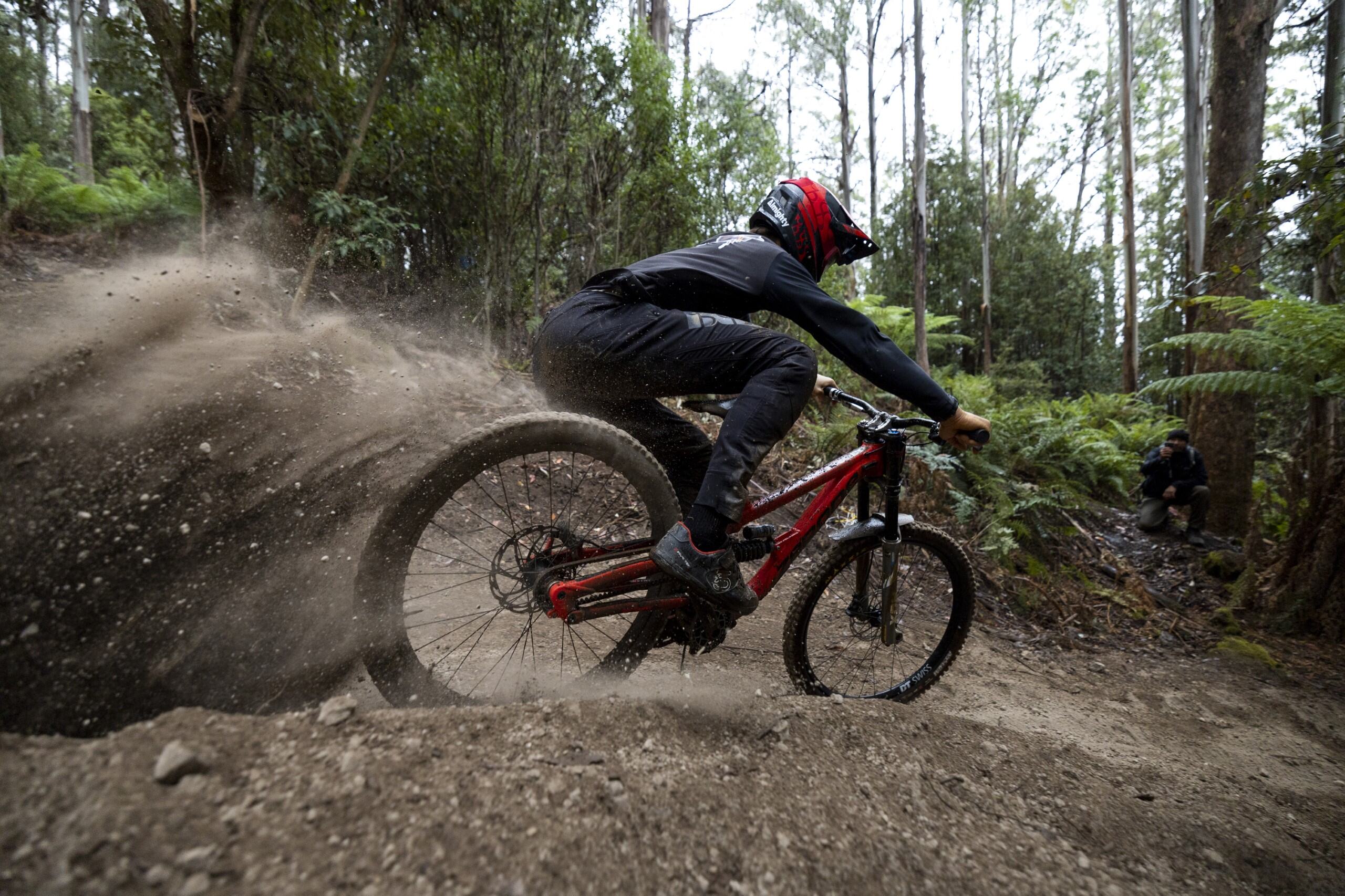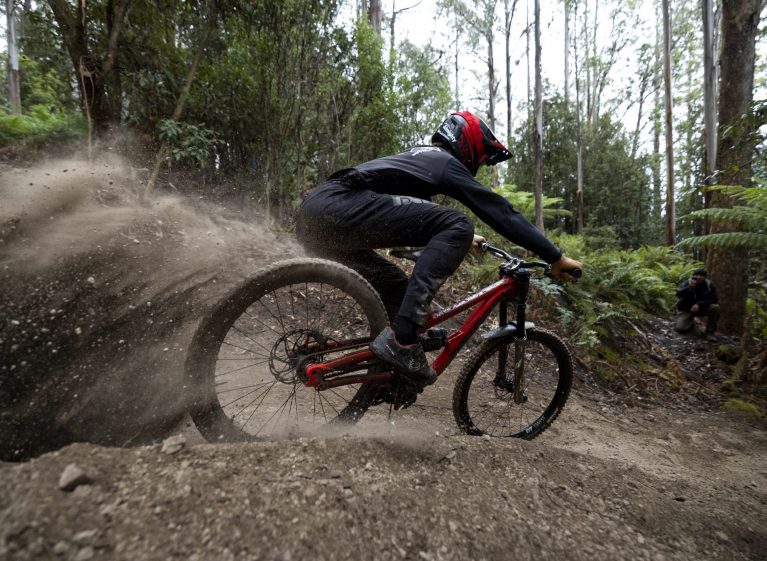The Evolution of Belt Drive Technology in Bicycles
Introduction
Since its introduction, belt drive technology has revolutionized the bicycle industry. Initially designed for off-road single-speed high-performance bicycles, belt drives have evolved to become a mainstay in various bicycle applications, including trekking bikes, eBikes, and high-performance racing bikes. This post explores the evolution of belt drive technology from its inception to its current innovations and future prospects.
The Early Years
2007-2010
Belt drive technology made its debut in the bicycle world in 2007 with its application in off-road single-speed high-performance bicycles. The first mass-produced belt drive bicycle was the Spot Brand Longboard 29er, launched in 2010. This marked the beginning of a new era in cycling technology, offering a quieter, cleaner, and more efficient alternative to traditional chain drives.
2010 – 2012
The technology quickly gained traction, with significant milestones achieved in the following years. In 2010, belt drive technology was incorporated into premium trekking bikes for around-the-world adventures, providing durability and low maintenance.
Mid-2010s Expansion
2012 – 2016
Belt drive technology continued to evolve, with advancements such as the Pinion gearbox, which revolutionized the middle of the bike.
These developments opened up new possibilities for trekking and high-performance cycling, offering superior reliability and performance compared to traditional chain systems.
The Rise of eBikes
The advent of eBikes brought new challenges and opportunities for belt drive technology.
In 2012, the first automatic shifting combined with belt drive was introduced paving the way for more advanced eBike systems. The competition in the eBike market intensified, leading to lower costs, higher torque, and lighter weight systems.
Recent Innovations
2019 – 2024
The period between 2019 and 2024 saw the introduction of new internal gear hubs. These innovations brought about low-cost systems and hub motor “re-proliferation” globally.
Integration of gearing into rear hub motors and the combination of Pinion with rear hub motors expanded the potential applications of belt drive technology.
Breakthroughs in eMTB and Downhill
In 2022, UCI approved belt drive for DH World Cup racing, marking a significant milestone. This approval, along with new developments aimed at making eMTB more viable for belt drive, has opened up new possibilities.
The combination of Pinion and Belt for downhill (DH) applications offers several key advantages:
Reduced unsprung mass leading to better suspension performance.
Mass moved to a low and central position for improved stability.
Elimination of the derailleur, a critical vulnerability in traditional systems.
These benefits result in less maintenance, quieter operation, and longer-lasting performance, making belt drive technology an ideal solution for modern eMTB and DH applications.

Conclusion
Belt drive technology has come a long way since its introduction in 2007. From off-road single-speed bicycles to high-performance eBikes and downhill racing machines, belt drives have consistently demonstrated their superiority over traditional chain systems.
With ongoing innovations and a track record of success in racing, belt drive technology is poised to continue revolutionizing the cycling industry.


